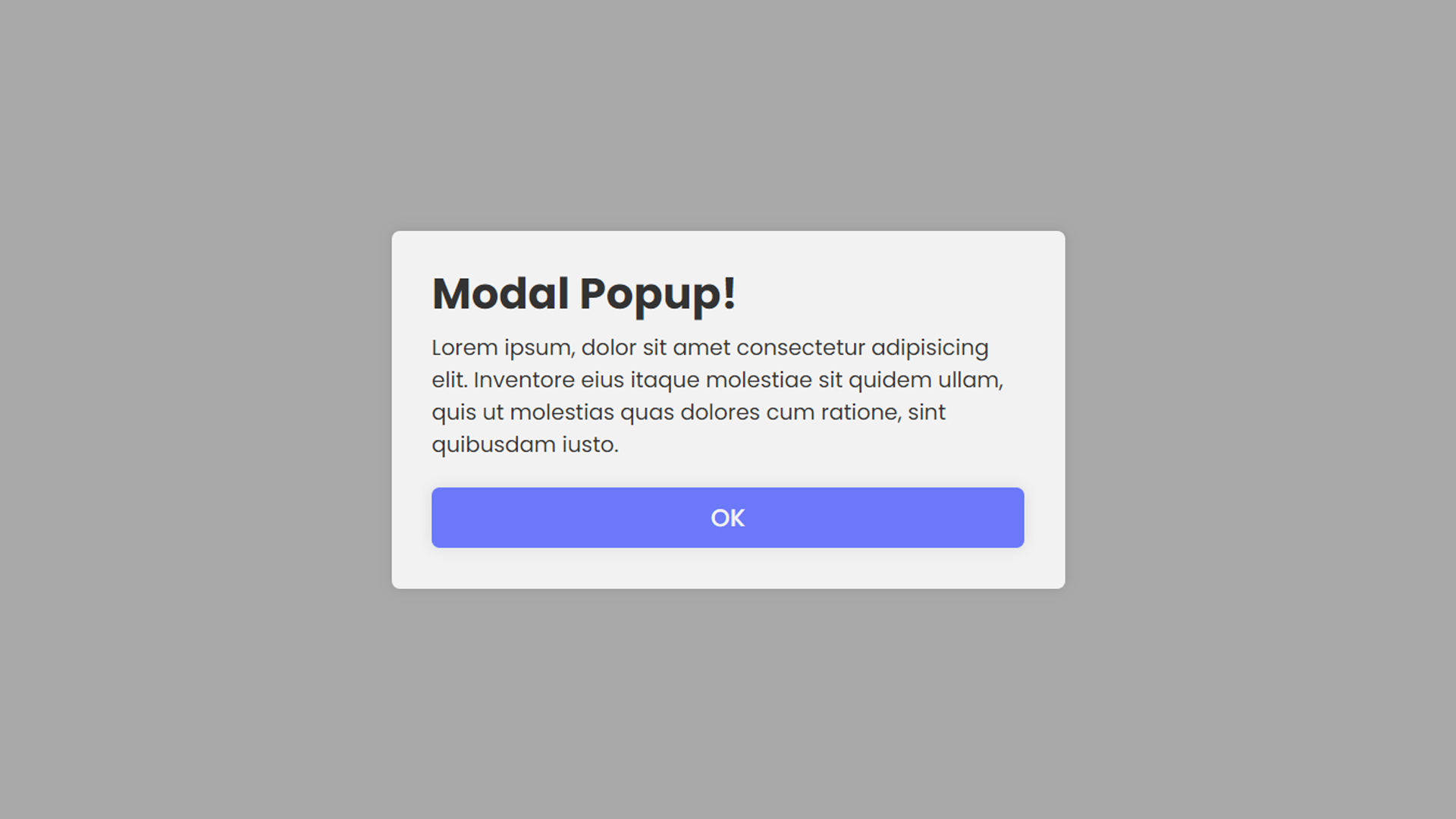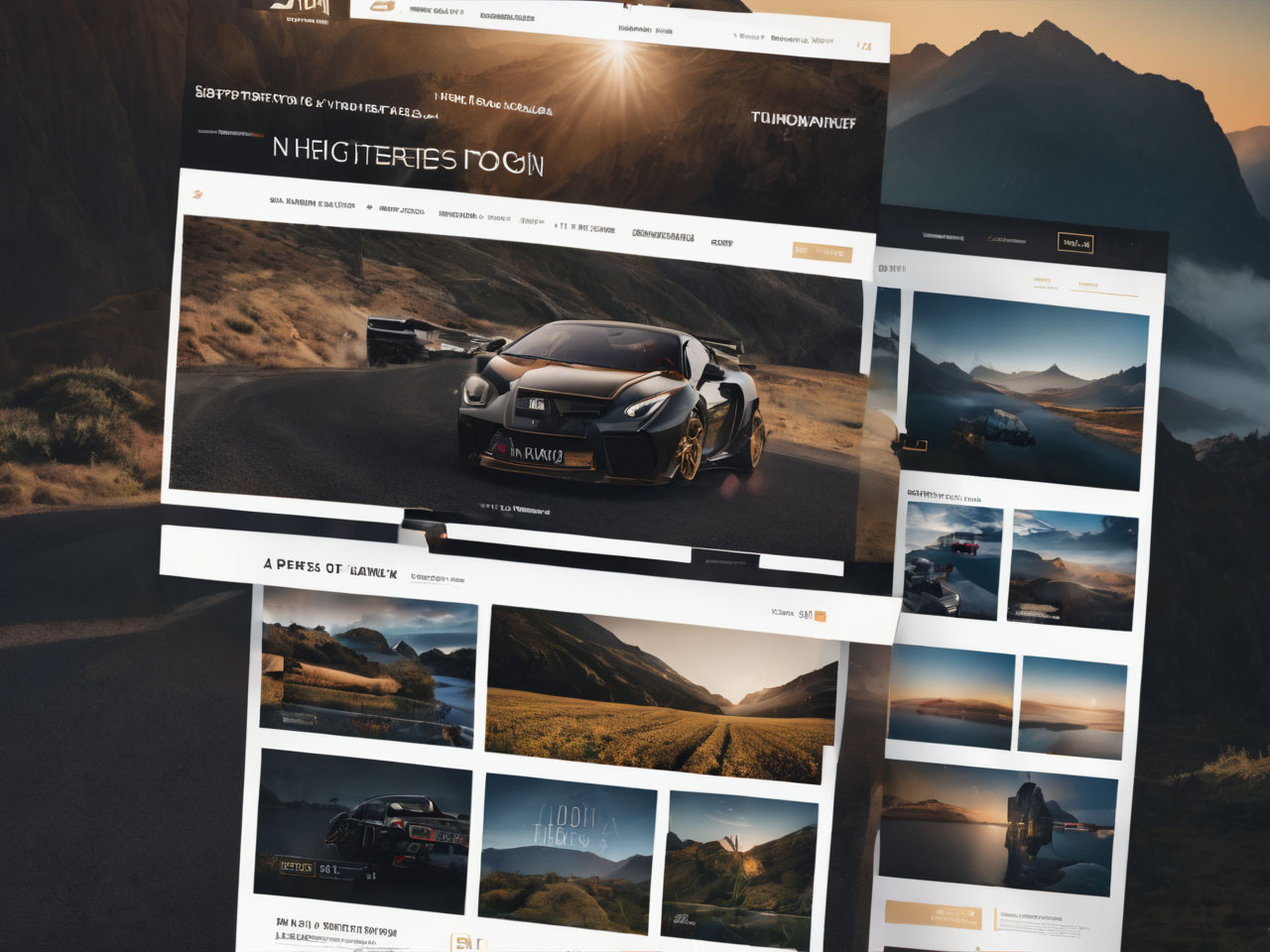User-friendly web design is the cornerstone of a successful online presence. It’s not just about making a website look good; it’s about ensuring that users can navigate, interact, and find what they need with ease. In this article, we’ll explore the principles and best practices for creating a user-friendly website that keeps visitors engaged and satisfied.
Clear and Intuitive Navigation
- Simple Menus: Use clear and concise menu labels. The navigation should be straightforward, with logical categories that guide users to the information they seek.
- Consistent Layout: Maintain a consistent layout throughout the site. Keep menus in the same location on every page, so users don’t get lost.
- Breadcrumb Trails: Implement breadcrumb trails to show users where they are in the site’s hierarchy and allow them to navigate backward easily.
Responsive Design
- Mobile Optimization: Ensure your website is responsive and looks great on various devices, from desktops to smartphones. Responsive design adapts to different screen sizes, providing a seamless user experience.
- Touch-Friendly Elements: Make sure buttons and links are large enough and spaced well for touch interactions on mobile devices.
Readability and Content
- Legible Fonts: Use easy-to-read fonts and maintain a consistent font style throughout the site. Font size and line spacing should be comfortable for reading.
- High-Quality Content: Provide well-structured and informative content. Use headings, bullet points, and concise paragraphs to improve readability.
- Visual Hierarchy: Use visual cues like font size and color to guide users’ attention to important content and calls to action.
Speed and Performance
- Fast Loading Times: Optimize images and code to ensure fast loading times. Slow websites frustrate users and can lead to higher bounce rates.
- Content Delivery: Utilize Content Delivery Networks (CDNs) to deliver content quickly to users, regardless of their location.
Accessibility
- Keyboard Navigation: Ensure your site can be navigated and interacted with using a keyboard alone. This is crucial for users with disabilities.
- Alt Text for Images: Include descriptive alt text for images to make your content accessible to visually impaired users.
User Feedback
- Contact and Feedback Forms: Make it easy for users to contact you or provide feedback. Include user-friendly forms and a visible contact page.
- User Testing: Regularly conduct user testing to identify issues and gather feedback for improvements.
Error Handling
- Clear Error Messages: If users encounter errors, provide clear and helpful error messages. Guide them on how to resolve the issue.
Security and Privacy
- SSL Encryption: Use SSL certificates to secure data transmission between the user’s browser and your website.
- Privacy Policy: Clearly outline your privacy policy and how user data is collected and used.
Conclusion
Creating a user-friendly website is not just about aesthetics; it’s about the overall user experience. By following these best practices, you can ensure that your website is easy to navigate, visually appealing, and optimized for performance. A user-friendly design not only keeps visitors engaged but also helps achieve your website’s goals, whether it’s informing, selling, or building a community.













